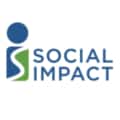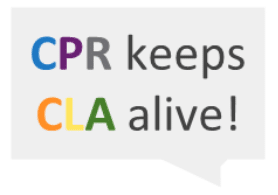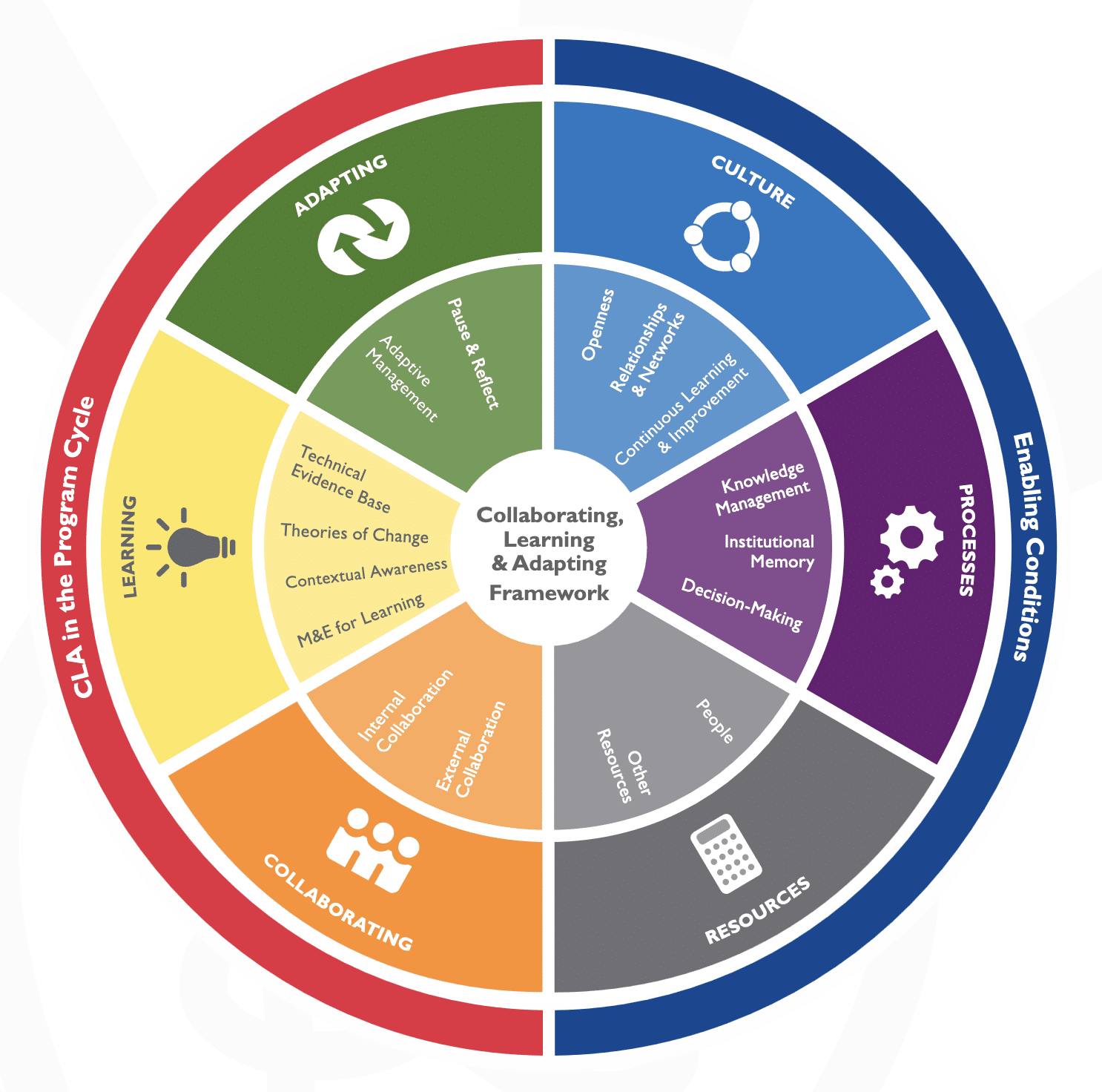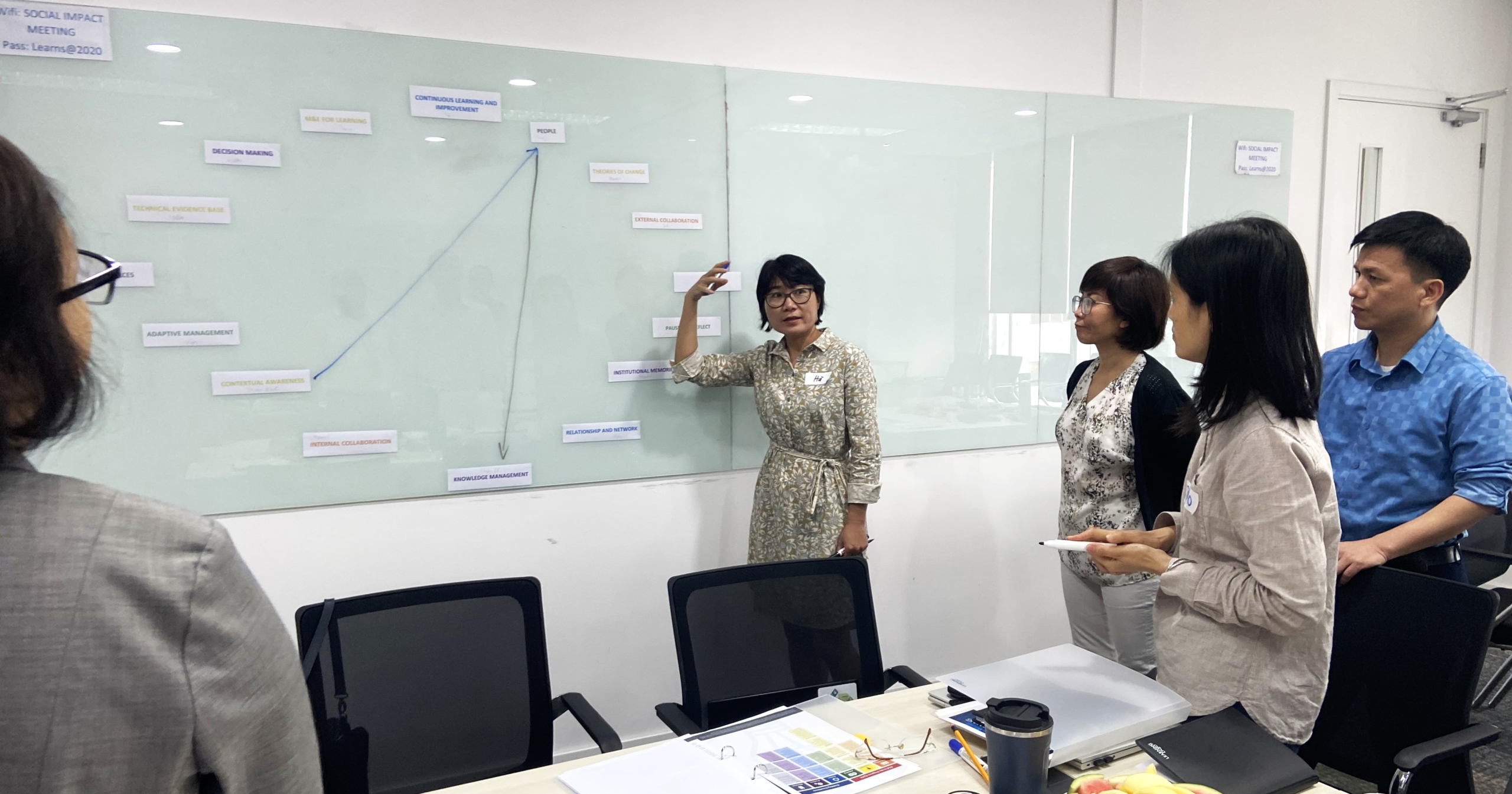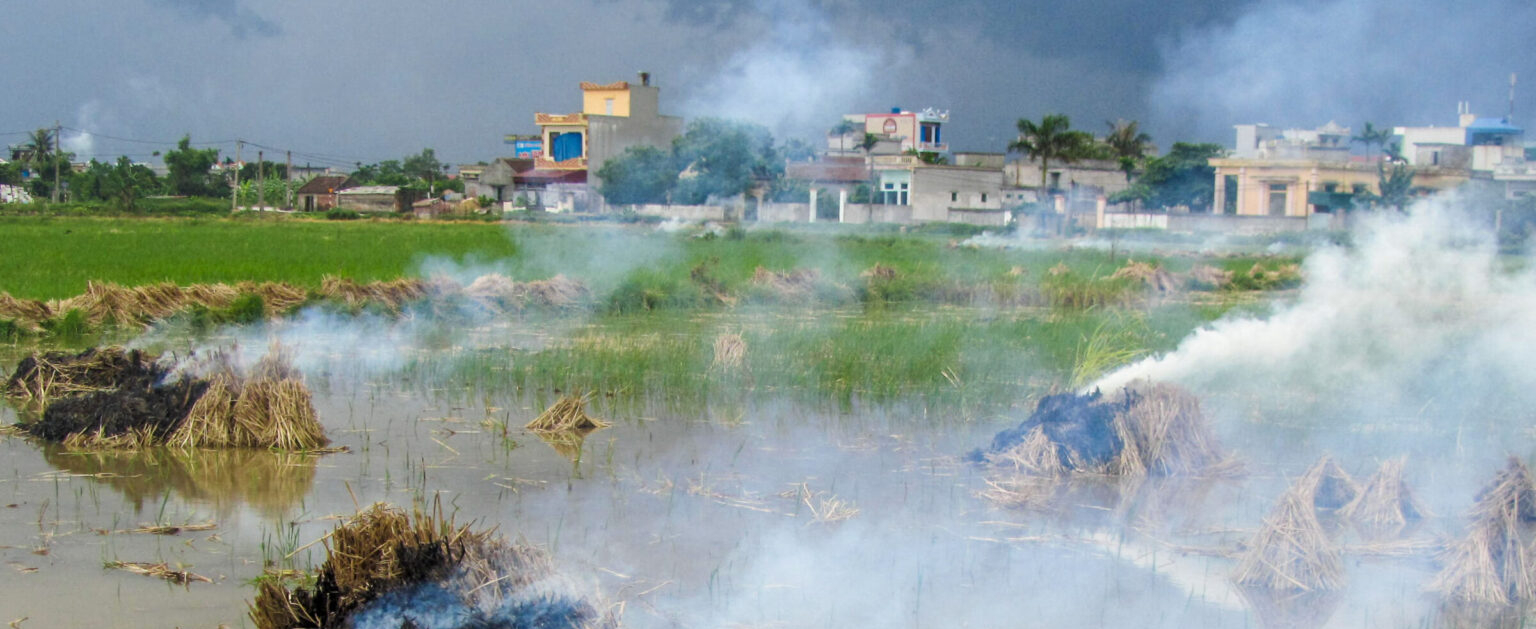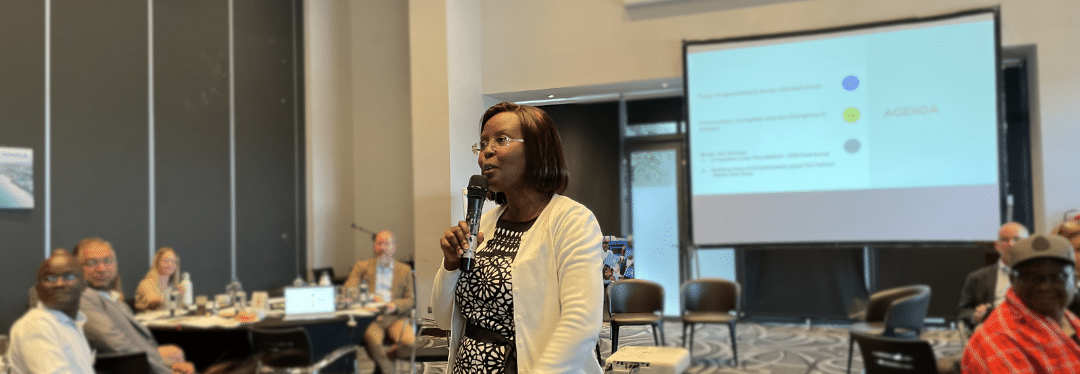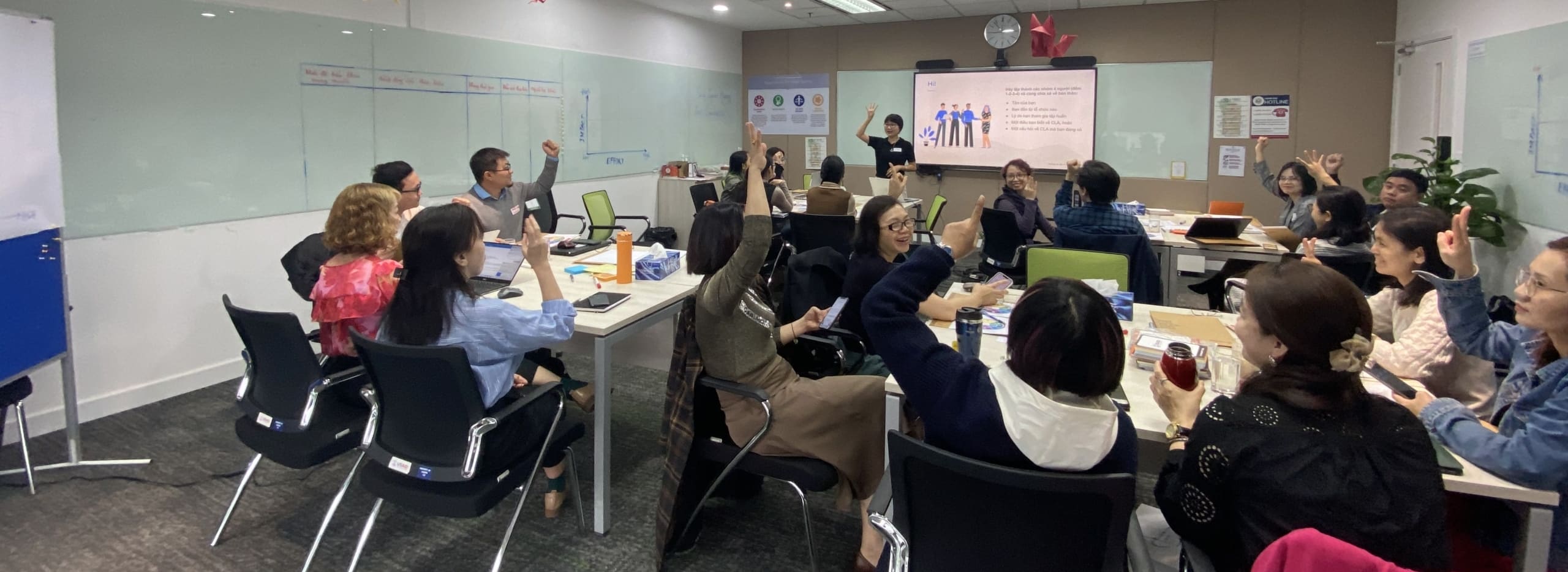Do you have multiple offices or teams that are geographically dispersed around the world? Do you struggle to create environments where teams can balance churning with learning? Do you wonder how you can reconcile and align your years of institutional memory with local knowledge and experience?
To explore solutions, Social Impact turned to the Collaborating, Learning, and Adapting (CLA) framework. Creating intentional enabling conditions with a focus on Culture, Processes and Resources (CPR) are what set thriving teams apart by allowing them to smoothly leverage their talents towards real impact. As we like to say in the CLA framework: CPR keeps CLA alive!
At Social Impact, we set out to create these conditions across our nine project offices around the world through our Managing for Impact training series. Through biweekly virtual sessions, we convened project staff to learn new skills which we categorized into “Power Skills” and “Management Skills”, share tips, and build relationships.
Strong Team Culture Fosters Effective Project Management
To set the stage for the training series, we decided to devote the first session to an overview of the CLA Framework, especially the enabling conditions components. We focused on the Culture component because strong and inclusive team culture is the basis for effective and impactful project management. Since the training includes staff from all our project offices, we needed to ensure that the topics of discussion were pertinent to everyone and prompted open discussion.
Within the Culture component, we chose “Continuous Learning and Improvement” for the CLA Maturity Tool self-assessment demonstration. Each project office is in a different stage; some are just starting out, others are close to ending their contract, and still others are somewhere in between. But no matter the phase, we figured that this subcomponent would resonate across all our offices, especially since we focused our session on “Continuous Learning and Improvement” in the context of an annual work planning scenario. Through this discussion, participants shared their real-life experiences and lessons learned, including how some project offices capture learnings for annual workplans throughout the year rather than at a single moment, while others use the annual workplan as a tool for guiding client expectations. Many concrete tips were shared across project office staff based all around the world, and the participants came away from the session with a deeper appreciation for enabling conditions and the CLA Framework overall.
CLA Maturity Tool Self-Assessments in Project Offices
Several of Social Impact’s project offices have conducted more in-depth CLA Maturity Tool Self-Assessment and Action Planning sessions within their own teams. For example, at the outset of our work in Mali implementing the MEL Platform, we drew on the CLA framework and held an internal workshop focused on continuous learning and internal collaboration. Through this workshop, the Mali team was able to Identify opportunities for more intentional CLA in their work, including the systematic integration of a learning dimension and After-Action Reviews. Another important benefit of the session was that the staff became more familiar with the USAID Program Cycle as well as the CLA Framework.
The Nigeria MEL platform also benefited from conducting a CLA Maturity Tool self-assessment during their annual retreat. Prior to the retreat staff filled out a survey and asked about the project’s biggest successes and individual work challenges. The responses informed which two subcomponents of the CLA framework to focus on: “Internal Collaboration” and “Adaptive Management.” In two group sessions, lasting three hours each, the technical and operational team members were randomly mixed into three breakout groups and to conduct the self-appraisal. When the groups reconvened, they synthesized findings and agreed on key action points on how to advance in maturity within the next 12 months. Since then, the team has conducted internal review sessions to look at its Data Quality Assessment process and reporting; revived the weekly peer reviews of reports; simplified the process for logistics arrangements for field trips; and is working on guidelines to institutionalize knowledge. The CLA Maturity Tool led to stronger cohesion and more collaboration for the Nigeria team.
This is one way Social Impact is making the CLA Maturity Tool work for us—across varied contexts, project lifecycles, and team priorities. The CLA Maturity Tool provides a strategic roadmap to guide reflection and discussion. It is the rich discussion that helps us understand each other’s issues, align values, explore pathways to change, and ultimately create team cultures that thrive.
______
Daniela Rink works with Navanti and Social Impact’s Monitoring, Evaluation and Learning Support Activity (MELSA) in Nigeria to strengthen the culture of CLA among USAID and its implementing partners. She is MELSA’s Senior Learning and Institutional Capacity Advisor.
Abdou Katiella is the Senior Learning Lead for Social Impact’s USAID Mali MEL Platform. He holds an M.P.H Degree from Fort Valley State University, GA, and has more than 20 years of combined experience in CLA, Knowledge Management, communication, and project management.
Carla Trippe is a Senior Technical Specialist for Social Impact who has spent 11 of her 14 professional years living in Sub-Saharan Africa exploring creative ways to use evidence to drive locally-led solutions.
Laura Ahearn is a Senior Technical Director at Social Impact. A linguistic anthropologist by training, she brings an ethnographic lens to learning, CLA, organizational development, and strategic planning.
Brooke Hill is a Senior Program Manager at Social Impact. Her work focuses on organizational development and diversity, equity, inclusion, and accessibility within USAID. She is the Technical Focal Point for USAID/Haiti’s Evaluation and Survey Services Plus.

